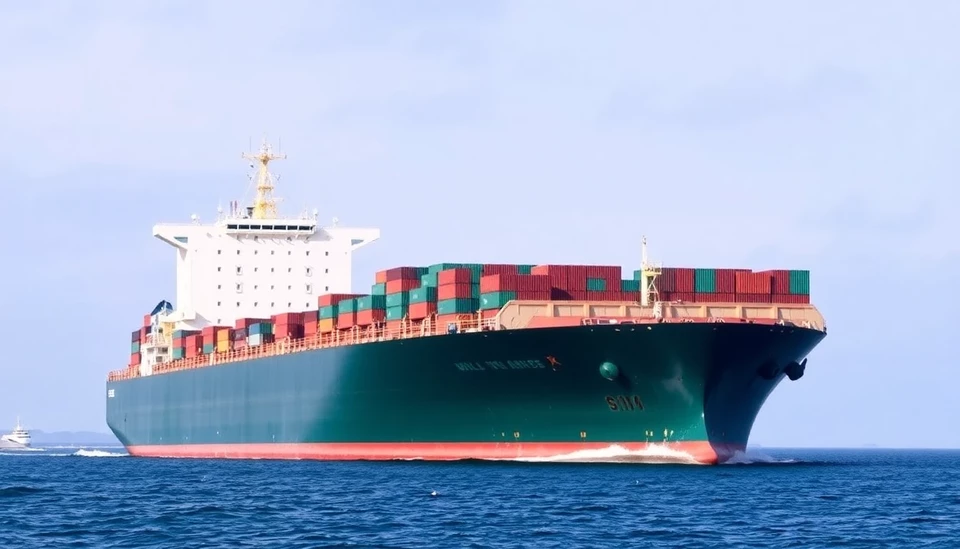
In a significant move affecting global oil trading dynamics, many traders are increasingly opting to avoid using China-made oil tankers. This shift is largely attributed to the economic ramifications of tariffs imposed during Donald Trump's presidency, which have altered the landscape for shipping and trade. The prevailing sentiment in the market suggests that these tariffs have made it costlier and more complicated for traders to navigate supply chains that involve Chinese vessels.
Reports indicate that oil trading firms are now directing their efforts towards sourcing tankers from the United States and other regions as they adapt to the current tariff environment. These tariffs have been instrumental in the pivot away from China, forcing traders to reconsider longstanding practices and partnerships. Factors such as increased costs, potential delays, and regulatory issues stemming from the tariffs are compelling oil traders to prioritize vessels that fall outside the tariff structure.
This shift is not just a response to immediate economic pressures but also reflects broader geopolitical considerations. With U.S.-China relations remaining strained, the uncertainty surrounding trade policies continues to loom large over the energy sector. Traders now find themselves navigating a complex landscape that requires them to balance cost-efficiency with geopolitical stability.
Moreover, the impact on shipping operations has been far-reaching. As a result of this strategic reevaluation, there has been a noticeable increase in demand for oil vessels registered in countries that are not subject to similar trade barriers. This trend is indicative of a broader reorganization within the global shipping network, aiming to circumvent the complications associated with cross-border trading with China.
Many industry analysts suggest this pattern could lead to long-term changes in how oil supplies are managed and distributed across international markets. By seeking alternatives to Chinese ships, traders are not only reacting to the existing challenges but also positioning themselves to be more resilient in the face of future trade conflicts. The realignment of shipping preferences may ultimately reshape the competitive landscape, giving rise to new alliances and trade routes that favor non-Chinese providers.
As the oil market evolves amidst these geopolitical tensions, stakeholders are vigilant, weighing the benefits of utilizing U.S.-based shipping against the associated costs. The upcoming months may reveal whether these strategic shifts will stabilize oil prices or contribute to market volatility as traders continue to adapt to the ever-changing economic landscape.
In conclusion, the forced pivot away from China-made vessels marks a significant turn in how oil traders approach international shipping. As tariffs create obstacles, the focus on U.S.-based tankers not only highlights current market strategies but also underscores the broader implications of trade policies on global oil supply chains.
#OilTraders #ShippingIndustry #ChinaTariffs #USTankers #GlobalTrade #OilMarket #TradePolicies
Author: John Harris




